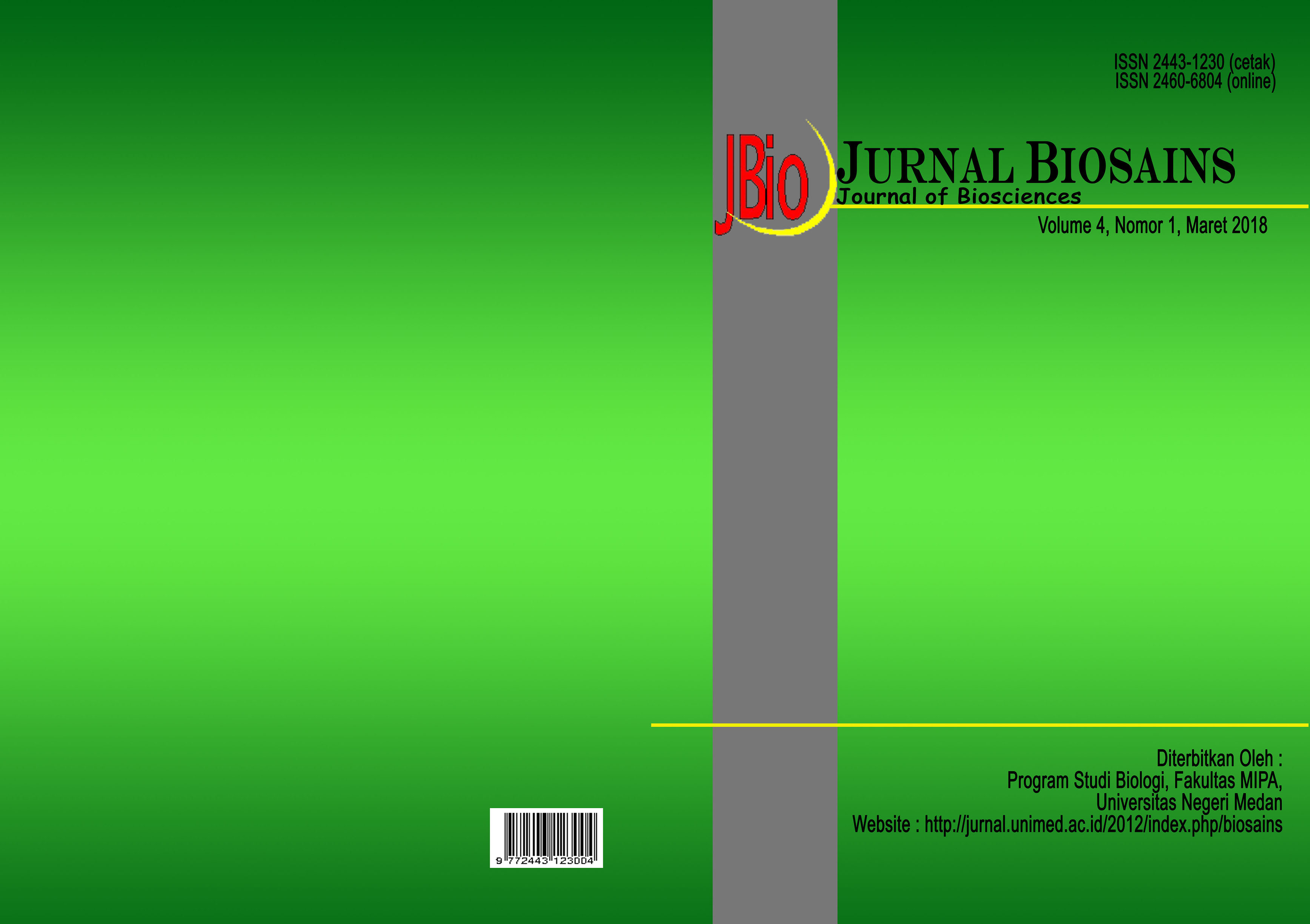PERTUMBUHAN KULTUR KONSORTIUM DALAM MINYAK SELAMA BIODEGRADASI DI BAWAH KONDISI AEROB
DOI:
https://doi.org/10.24114/jbio.v4i1.9783Keywords:
Culture, hydrocarbon, bioremediation, grownAbstract
This study reported the ability of the Consortium Culture (5% v/v) was grown in minimum salts medium (MSM) with the addition of 1% (v / v) crude oil, at different incubation times (0, 2, 4, 6 and 8 weeks). The Consortium Culture (CC) can live and use crude oil as the sole source of carbon and energy. The analysis result shows that the highest percentage of biodegradation is at the second week with the percentage of hydrocarbon residue of 42% and it has been used up in the eighth week. These results indicate that the consortium culture can be utilized as a biodegradation agent and this phenomenon can used to enhance the bioremediation ability of the petroleum hydrocarbon polluted environment.Downloads
Published
Issue
Section
License
Copyright (c) 2018 Marlinda Nilan Sari Rangkuti, Palsan Sannasi, Sahilah Abdul Mutalib

This work is licensed under a Creative Commons Attribution 4.0 International License.
For Authors Jurnal Biosains agree to the following terms:
Authors retain copyright and grant the Jurnal Biosains (JBIO) right of first publication with the work simultaneously licensed under a Creative Commons Attribution License (CC BY-SA 4.0) that allows others to share (copy and redistribute the material in any medium or format) and adapt (remix, transform, and build upon the material) the work for any purpose, even commercially with an acknowledgement of the work's authorship and initial publication in JBIO (Jurnal Biosains)
Authors are able to enter into separate, additional contractual arrangements for the non-exclusive distribution of the journal's published version of the work (e.g., post it to an institutional repository or publish it in a book), with an acknowledgement of its initial publication in JBIO (Jurnal Biosains)
Authors are permitted and encouraged to post their work online (e.g., in institutional repositories or on their website) prior to and during the submission process, as it can lead to productive exchanges, as well as earlier and greater citation of published work (See The Effect of Open Access).


